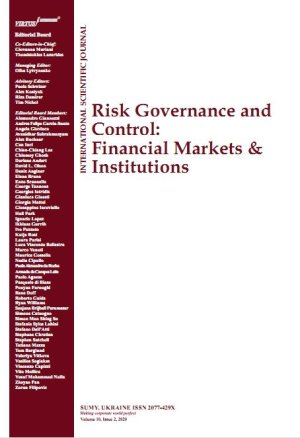
DETERMINANTS OF CAPITAL STRUCTURE: A LITERATURE REVIEW
Download This Article
This work is licensed under a Creative Commons Attribution-NonCommercial 4.0 International License.
Abstract
The financing decision is one of the most important imperative in corporate finance. Financial directors have to grapple with question—what is the optimum level of debt versus equity to employ in order to fund the operations of a firm? The present article seeks to unravel the evolution of capital structure theory from both theoretical and empirical perspectives. The major contending theories of capital structure as well as their predictions are considered. It is demonstrated that there are reliably important firm level attributes that determine the capital structures of firms. The article also compares and contrasts the findings of empirical studies on capital structure that have been conducted in developing countries to those that have been conducted in the developed world. Arguably, developing countries’ financial markets lack sophistication and this might curtail the companies from adjusting to their desired target debt ratios. In the final analysis it is demonstrated that the similarities in financing patterns between the developed countries and the emerging markets far outweigh the disparities.
Keywords: Capital Structure, Firm Level, Speed of Adjustment, Debt-to-Equity, Leverage
How to cite this paper: Sibindi, A. (2016). Determinants of capital structure: A literature review. Risk governance & control: financial markets & institutions, 6(4-1), 227-237. https://doi.org/10.22495/rcgv6i4c1art13



















